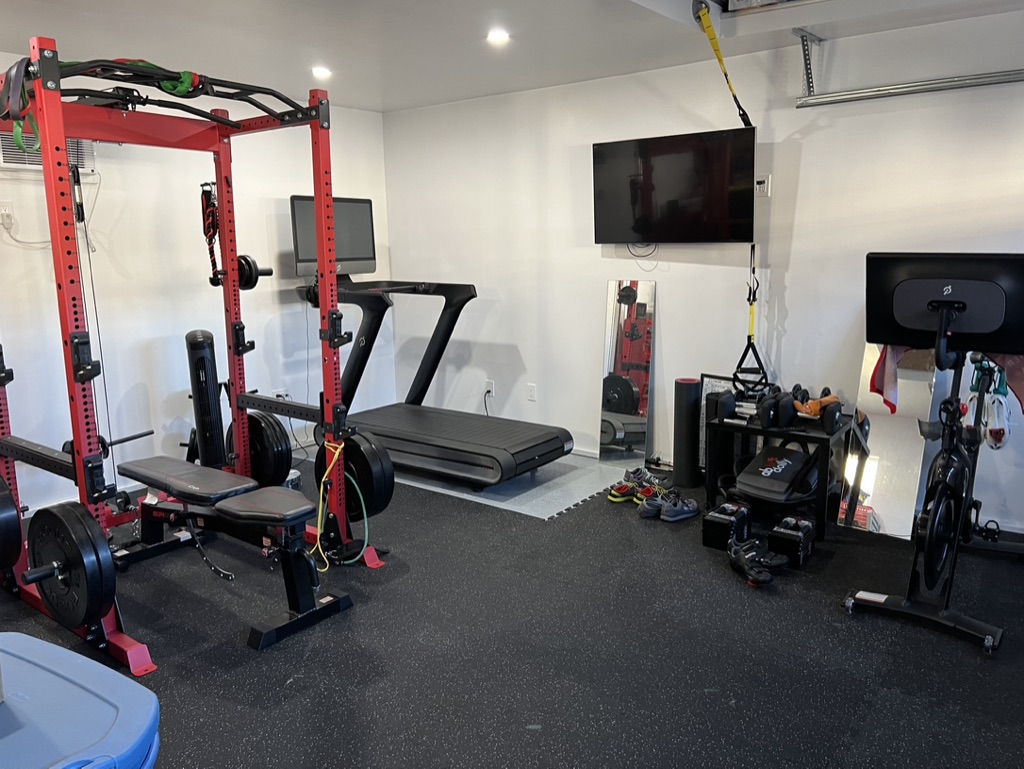
We’ve all been there: super motivated, following a strict plan, working out like crazy. Things might go well for a bit, but then life gets in the way, our motivation fades, and we’re back where we started, or even worse. Sound familiar? That’s because trying to force yourself to lose weight with willpower alone is a fast track to burnout and frustration. Real, lasting change isn’t about quick fixes; it’s about building easy-to-follow habits that fit into your life. Like I always say here at Journey to Fit with Debbie, long-term success isn’t about giving everything up; it’s about creating a base of habits that help you reach your goals.
Why Habits Beat Willpower
Willpower is limited. Think of it like a muscle: the more you use it, the more tired it gets. Trying to fight every craving, every temptation, is exhausting and won’t work for long. That’s where habits come in. Habits are things we do automatically without much thought. Once a habit is part of your routine, it becomes easy, saving your brainpower and making choices that support your goals the natural choices.
Think about brushing your teeth. You don’t have to think about each step; you just do it. That’s the power of habit. We want that same automatic behavior when it comes to weight loss. Instead of arguing with yourself about a specific food, you’ll have habits that automatically guide you toward choices that align with your goals.
How Habits Are Built: The Four Laws and Beyond
James Clear, in his excellent book “Atomic Habits,” talks about four rules for changing behavior that give us a great way to build good habits and get rid of bad ones. Let’s see how these rules can help with weight loss, and add in some insights from Wendy Wood, author of “Good Habits, Bad Habits”:
- Make it Obvious (Cue): First, make what you want to do clear. This means setting up reminders that trigger the habit. For weight loss, this could be:
- What’s around you: Keep foods that help you meet your goals where you can see them. Put your workout clothes out the night before.
- What time it is: Plan your workouts for the same time each day. Set reminders on your phone to drink water.
- What you’re doing: Link certain things to choices that support your goals. For example, always drink a glass of water before eating.

- Make it Attractive (Craving): We’re more likely to do things we enjoy or that make us feel good. The trick is to connect your desired habits to good feelings. This could mean:
- Find exercise you like: If you hate running, don’t force yourself. Try dancing, swimming, or hiking.
- Healthy rewards: Celebrate your wins, big or small. Treat yourself to a new workout outfit or a massage instead of rewarding yourself with food.
- Think about the good stuff: Focus on how your habits make you feel – more energetic, more confident, better in your clothes.
- Make it Easy (Response): The easier something is, the more likely you’ll do it. This means:

- Start small: Don’t try to change everything at once. Focus on small, doable changes you can stick with. Instead of a one-hour workout, start with 15 minutes.
- Make things simple: Make your environment work for you. If you are trying to eat more of a specific food, make it easy to access.
- Plan ahead: Preparing food in advance makes it easier to make choices that help you meet your goals.
- Make it Satisfying (Reward): Our brains like doing things that give us a quick reward. Find ways to make your habits feel good right away. This could mean:
- Track your progress: Seeing how far you’ve come is really motivating. Use a journal, a fitness tracker, or take pictures.
- Find a buddy: Having someone to share your journey with gives you support and keeps you going.
- Notice the good feelings: Pay attention to how good you feel after a workout or a meal that helps you feel your best. Enjoy that feeling of accomplishment.
Wendy Wood’s research shows that repeating a habit in a stable context makes it even stronger. So, keep your routines consistent! If you always go for a walk after dinner, that context (after dinner) will become a strong cue for the walking habit.
Small Changes, Big Results: The 1% Improvement
James Clear talks about the “1% Improvement” – getting just 1% better every day. It might not seem like much at first, but it adds up over time. If you get 1% better each day for a year, you’ll be 37 times better by the end!
This is great for weight loss. Don’t try to change everything at once. Focus on small, doable changes you can stick with. Over time, these small changes will add up to big results.
Keep Going!
Building habits takes time. Don’t get upset if you mess up sometimes. It happens to everyone. The important thing is to keep going, even when you don’t feel like it. It’s not about being perfect; it’s about making progress.
Your Own Path
Everyone’s different. What works for one person might not work for another. Try different things and find what works for you. Don’t be afraid to change your approach as needed. The goal is to find something you can do long term.
A Journey, Not a Destination
Weight loss is a journey, not a quick trip. It’s about making habits that will improve your health and well-being for years to come. By focusing on building good habits, you can set yourself up for lasting success.
Remember, I’m here to help you. Keep checking out the resources on my blog, and feel free to reach out if you have questions. Together, we can reach your goals and create a life that helps you feel your best. If you want more info like this from me, directly to your inbox, please sign up to be a Journey to Fit Insider.




